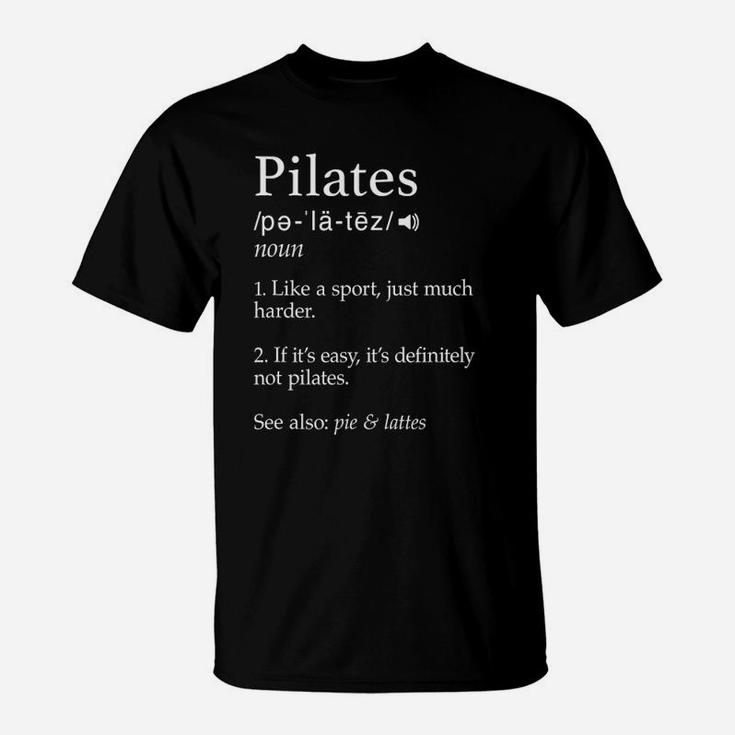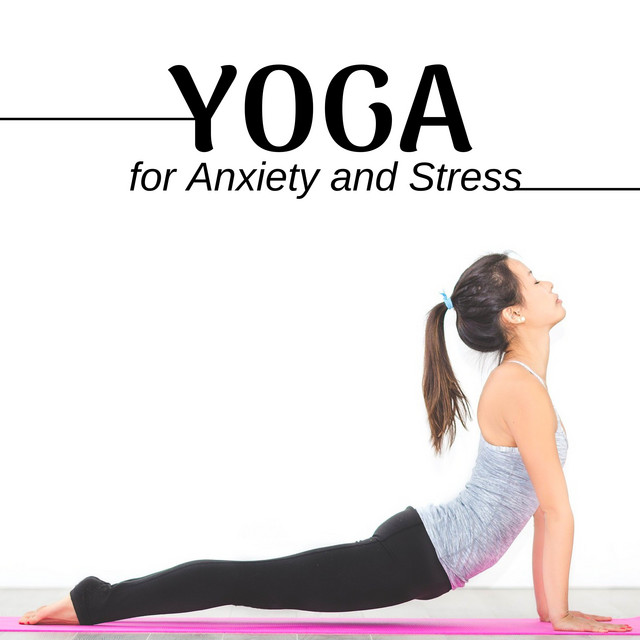
Doing 10 minutes of yoga every day has many benefits. This quick exercise can help relieve pain, improve your mood, and tone up your body. It can also increase flexibility. These are important benefits for busy people. Even if you only have 10 minutes each day, it's worth the effort.
Ways to do it
There are many ways you can practice yoga for as little time as ten minute. For beginners, these short sessions of yoga can be extremely beneficial. These include breathing and balance exercises. You can also choose from a variety of kriyas, which are a variety of poses. Yoga can make you feel calm and energized, which can help with stress management.

All levels.
For many reasons, a 10-minute session of yoga can prove to be very beneficial. It can help reduce stress and improve balance. It can also boost metabolism and prevent injury. It doesn't matter if your first time trying yoga is a beginner, you can still get comfortable with it by doing a few sessions. Designed for beginners and intermediates, a 10 minute yoga routine is an easy introduction to the physical practice.
Boosts endorphins
After continuous exercise, endorphins are released from the brain. The brain releases the first burst after 30 minutes at moderate intensity. Studies have shown this. You will feel faster and your heart rate will increase. It also increases your pain tolerance and your overall feeling of well-being. It is important that you remember that endorphins can be addictive. This makes it possible to learn how your body can produce more of these happy chemicals.
Strengthens legs
Yoga is an excellent way to strengthen your legs. Yoga is a slow, gentle form of exercise that emphasizes stretching the body. However, it can be combined with strength training to give you an overall workout. By starting slow, you can ensure that your legs and hamstrings are a priority.

It will reduce anxiety
Practicing 10 minutes of yoga a few times a day can help alleviate anxiety and promote mental wellbeing. It is an easy stress-relieving exercise that you can do anywhere. It can be done in the morning or at night. There are many styles of yoga available, and you can choose one that suits your personal needs and lifestyle.
FAQ
How long should a yoga session be?
A typical yoga session takes between 45 minutes and one hour. The type of yoga you do will affect the time taken. If you want to focus on strength-building exercises, 45-60 minutes would probably be sufficient. An hour or more may be necessary if you want to meditate or relax.
The length of your class also depends on which kind of yoga class it is. Some classes emphasize fast, intense movements while others are slow and deep.
Is yoga safe enough for everyone?
Yoga is safe and accessible to all ages, genders. Yoga has been widely practiced for thousands without side effects.
If you have any questions, consult your doctor before beginning a new exercise routine.
Where can I find a yoga instructor who is experienced?
You can find qualified yoga teachers in your local community. You can also search online for a qualified yoga teacher if you don't live in a nearby area. Consider signing up online for a yoga class.
What is the average time it takes for yoga to get results?
Yoga is a slow process, but you will always get a great workout. It takes time to increase strength, flexibility, endurance. Start slow, then increase intensity until you reach your optimal level.
Consistency and consistency are the keys. The more you practice, the better it will be.
Statistics
- Start your Fall off right with 20% off All Access Membership when you sign up by 9/25! (corepoweryoga.com)
- Lock in 25% off your Founding Member rate. (corepoweryoga.com)
- The people in the yoga group were 37 percent more likely to have quit smoking by the end of the 8-week program. (nccih.nih.gov)
- In comparison, a 125-pound person is estimated to burn 135 calories in 30 minutes of walking (at a pace of 15-minute miles) and 210 calories bicycling at a moderate pace on a stationary bike. (everydayhealth.com)
- About one in seven U.S. adults practiced yoga in the past 12 months, according to a 2017 national survey. (nccih.nih.gov)
External Links
How To
Yoga is a good exercise?
Yoga is not just for people looking to lose weight. Yoga helps you to develop flexibility, balance coordination, strength and calmness.
Yoga isn’t just exercise. Instead, it’s an art form. These poses can help you to relax and calm down. They help us to improve our posture, concentration, and breathing.
A "yogi" is someone who practices yoga. Yogis follow various forms of yoga, including Hatha, Ashtanga, Iyengar, Vinyasa, Bikram, Kundalini, Yin Yang, and Restorative.
There are many different types of yoga. They all have the same goals. Each type focuses differently on health and wellbeing. Yoga styles include Hatha, pranayama (meditation), and pranayama (pranayama).
You don't need any equipment for some yoga exercises:
-
Sun Salutation: This series of 12 postures begins with a forward bent, and then 10 additional poses.
-
Warrior pose - This is when you hold a stick or a staff and take a warrior's pose.
-
Triangle Pose – This is a pose where you raise one leg behind your head and bend at the knee.
-
Standing Forward Bend – This is a pose where you sit on the ground with your legs straightening and then fold forward at the waist.
-
Seated Twist - This pose is performed while seated on a chair or mat.
-
Cobra Pose- This is when you are lying flat on your stomach with your arms extended overhead.
-
Child's posing - This position is performed while facing up on the ground.
-
Cat/Cow Pose - This pose combines a cat and cow pose. As you lie face down, lift your upper body off of the ground. Roll over on your back and place your hands underneath your shoulders.
-
Head Tilt--This pose requires that you tilt your head back with your eyes closed.
-
Shoulder stand - This position involves standing straight up with your arms and feet raised above the head.
-
Tree Pose – This pose involves kneeling on your heels with your hands beneath your shoulders.
-
Bow Pose- Bend forward from your hips into bow pose and place your hands on to the ground.
-
Corpse Pose – This pose can be held for up to five minutes.
-
Mountain Pose – This is a pose known as mountain pose. Your spine should be straightened and you must stand tall.
-
Legs up the Wall Pose – This pose involves hanging upside down from a wall.
-
Side Angle Pose- To achieve this pose, lean against a wall while putting your right elbow next to it.
-
Plank Position – When you are lying flat on your stomach, and your left arm and right leg extend apart from one another, this is called the plank position.
-
Bridge Pose- Balance on your elbows and toes for this pose.
-
Reverse Table Top Position - You can achieve this pose by lying on your stomach and reaching towards the ceiling.
-
Handstand - This requires strength and balance. This pose requires you to hold on to two walls or a doorframe.
-
Half Moon Pose is also known by the name Hero Pose. This is achieved by standing on your hands, and toes.
-
Handstand or Headstand - This pose requires balance and strength. This pose can be done on a wall, or by using a doorframe.
-
Forearm Balance- This position is done with your forearms on a tabletop.
-
Spinal twist - This is a pose where your belly lies while your arms reach your arms.
-
Supported Boundangle Pose – This pose requires balance. For this pose, you will need to find something sturdy like a branch from a tree or an old beam to support you.
-
Wide Leg Forwardfold - To achieve this pose, spread your legs apart while touching your toes.
-
Single Pigeon Pose: This is a variation of the forward-folding wide-leg position, but with only one leg.
-
Extended Puppy Dog Pose - This pose is very relaxing. It involves extending your legs outward and bent your knees.
-
The Forward Bend pose involves bending forward and squatting cross-legged.
-
Crow Pose: This pose is very difficult, but it's rewarding once you get the hang of it. This is achieved by elevating your arms above your head, and then lowering your arms until they are parallel to the ground.